Delve into the sweet and succulent world of mulberries! Revered for their juicy delights, mulberry trees are a treasure trove for foragers. These berries burst with flavor and come packed with nutritional benefits. This guide invites you to explore harvesting these luscious fruits, enriching your foraging basket and culinary experiences.
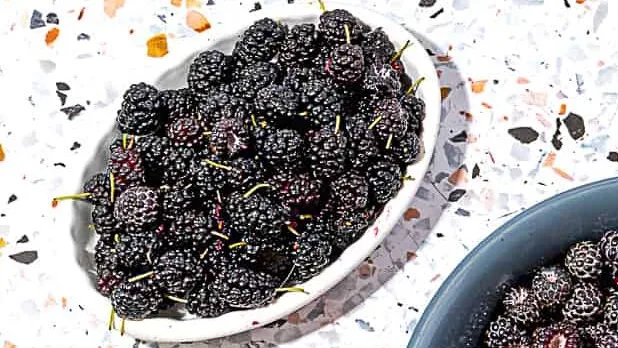
Description and Identification
Mulberries, the mulberry tree's (Morus) fruit, come in various colors, ranging from deep purple to almost black and even white or red, depending on the species. The berries resemble elongated blackberries and are known for their sweet flavor. Mulberry trees are sizeable deciduous plants that flourish in diverse environments, including woodlands, alongside roads, and within urban settings, making them accessible to a wide range of foragers.
Identifying Mulberry Trees:
- Leaves: Their leaves are broadly shaped and can vary significantly in form, even on the same tree. Some are lobed, while others may appear heart-shaped or oval.
- Bark: Mulberry trees possess a distinctive bark that is generally rough and flaky.
- Fruit: Mulberries hang in clusters similar to blackberries but are only loosely attached to the branch, making them easy to harvest.
Foraging Tips
- Timing: Mulberries typically ripen from late spring into early summer, but the exact timing varies based on your location and the specific species.
- How to Pick: Gently tug on the berries; ripe fruits will easily release from the tree. For an efficient harvest, spread a sheet under the tree and gently shake the branches, collecting the fallen berries.
- Location: While foraging, focus on trees in public spaces or rural areas away from busy roads to avoid pollution exposure. Always ensure you have permission to harvest if you're foraging on private property.
Culinary Uses
Mulberries are as versatile in the kitchen as they are delightful to the palate. Their natural sweetness and vibrant flavors make them an excellent addition to various dishes:
- Raw Consumption: Fresh off the tree, mulberries offer an explosively sweet and slightly tart flavor, perfect for snacking.
- Baked Goods: Incorporate them into muffins, pies, and cakes for a moist and fruity twist.
- Jams and Preserves: Their high pectin content makes mulberries ideal for creating richly flavored jams and preserves.
- Drinks: Blend mulberries into smoothie cocktails or make a refreshing mulberry lemonade. Dried mulberries can also be used to brew flavorful teas.
- Salads: Fresh or dried mulberries add a touch of sweetness and a nutritional boost to green salads.
Health Benefits
Mulberries are not just flavorful; they're also a powerhouse of nutrition:
- Vitamins and Minerals: High in vitamin C, vitamin K, iron, potassium, and vitamin E, they support various bodily functions, including immune health and blood clotting.
- Antioxidants: Mulberries' rich, dark colors signify their high antioxidant content, which combats free radicals and offers anti-inflammatory benefits.
Mulberry foraging offers a delightful excursion into nature, yielding delicious fruits that enhance your diet's flavor and nutritional quality. With their widespread availability and diverse culinary applications, mulberries provide a fun and rewarding foraging experience. As you venture into the world of wild mulberries, remember to forage responsibly, respect nature, and ensure sustainability for seasons to come.
Mulberry Recipes
Granita is a fun and easy dessert to make. This Italian-inspired granita is made with foraged mulberries and is perfect for summer since you can make it in the freezer and serve it cold.
This version of Starbucks' peach green tea lemonade is a delicious drink that is perfect for this hot summer. Made with foraged mulberry green tea, it's easy to make at home!
I know summer foraging is in full effect when the dark purple berries of the mulberry tree are ready to be picked. Did you know that leaves of the mulberry tree are only one of a few tree leaves that can be eaten?
Here's how to make a fresh cup of mulberry leaf tea perfectly every time.
This summer fruit salad is a great way to enjoy the last of summer's fresh produce, there are endless combinations!


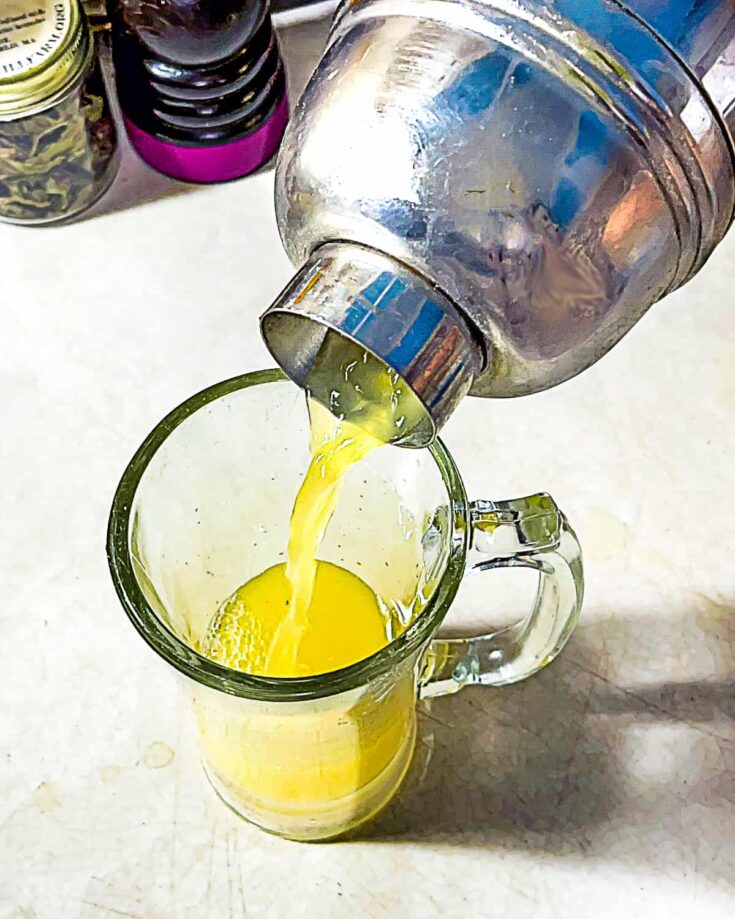
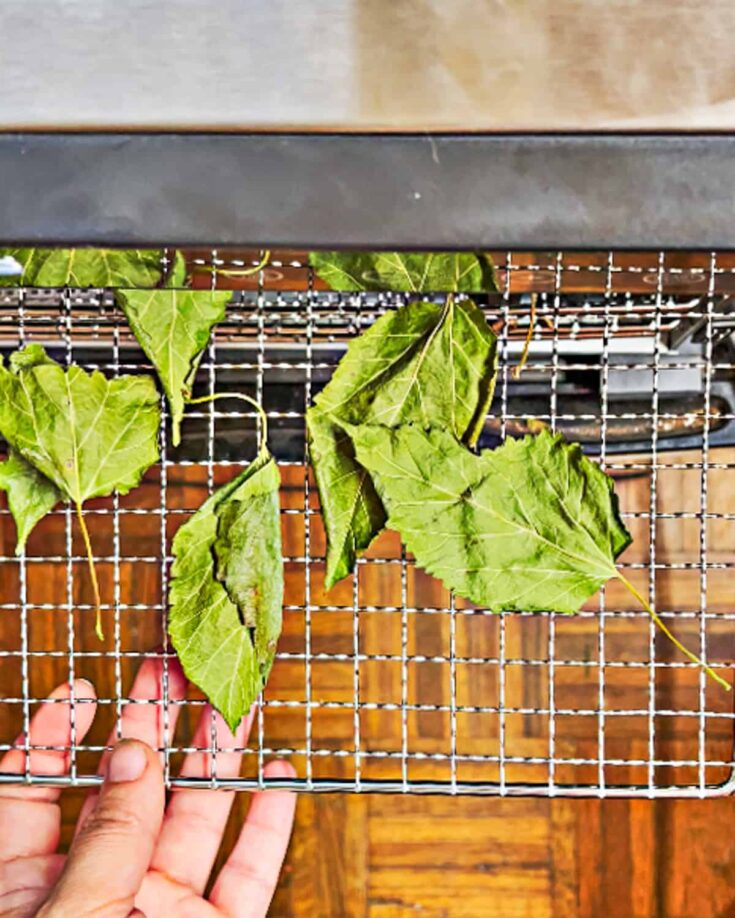
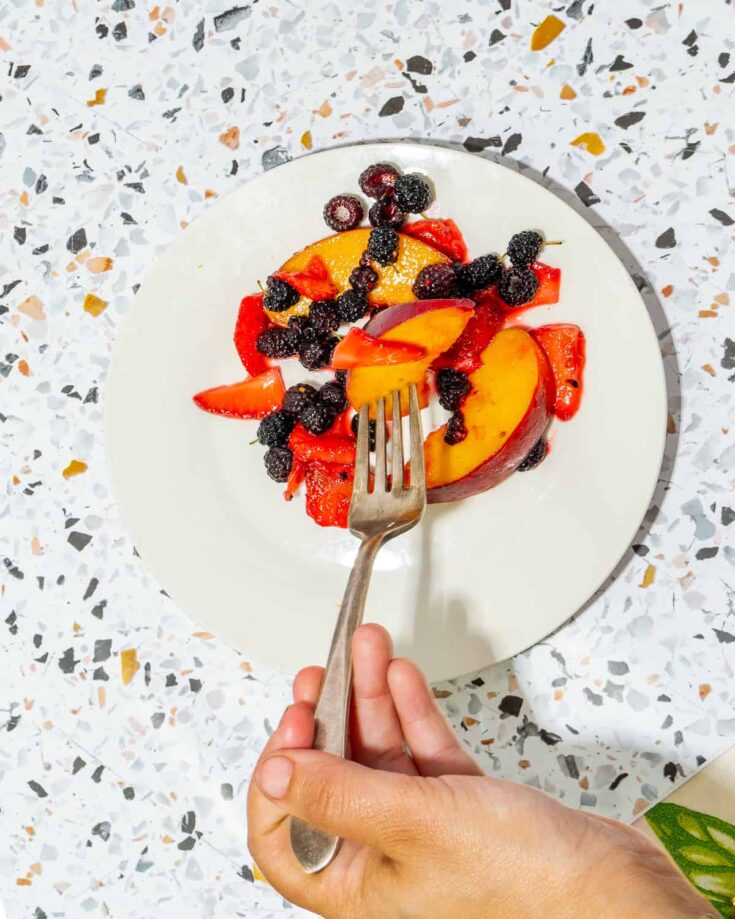



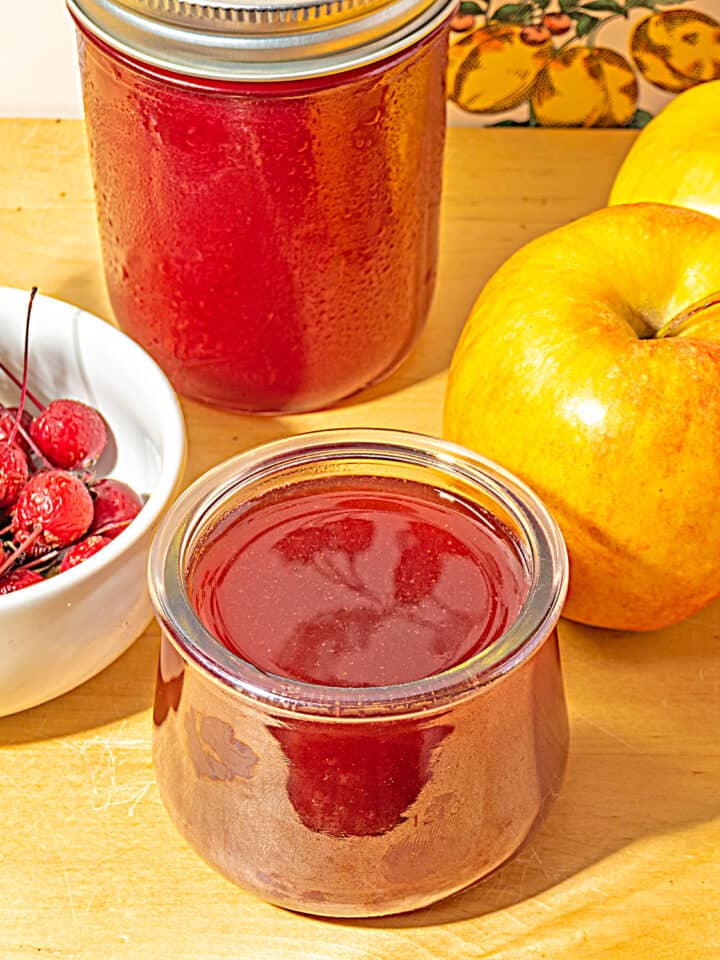

Comments
No Comments